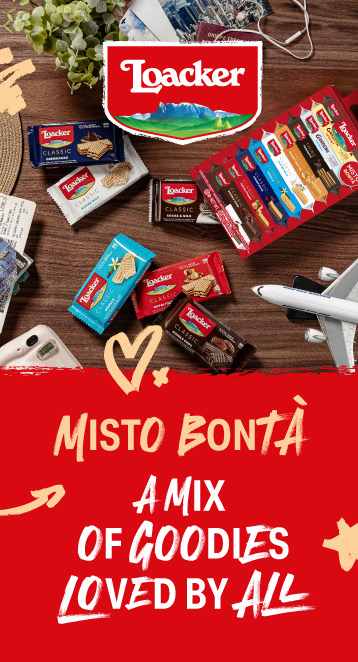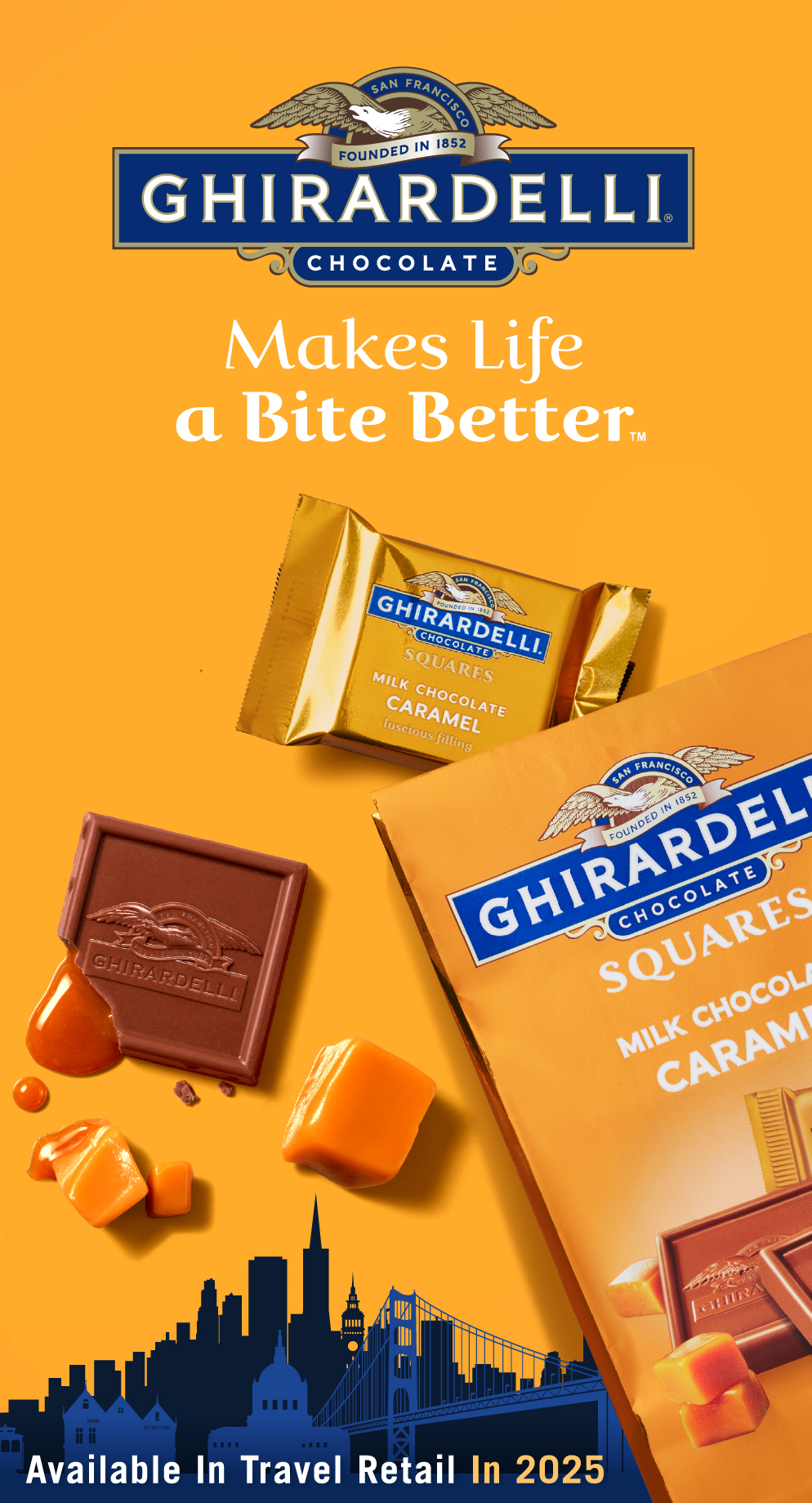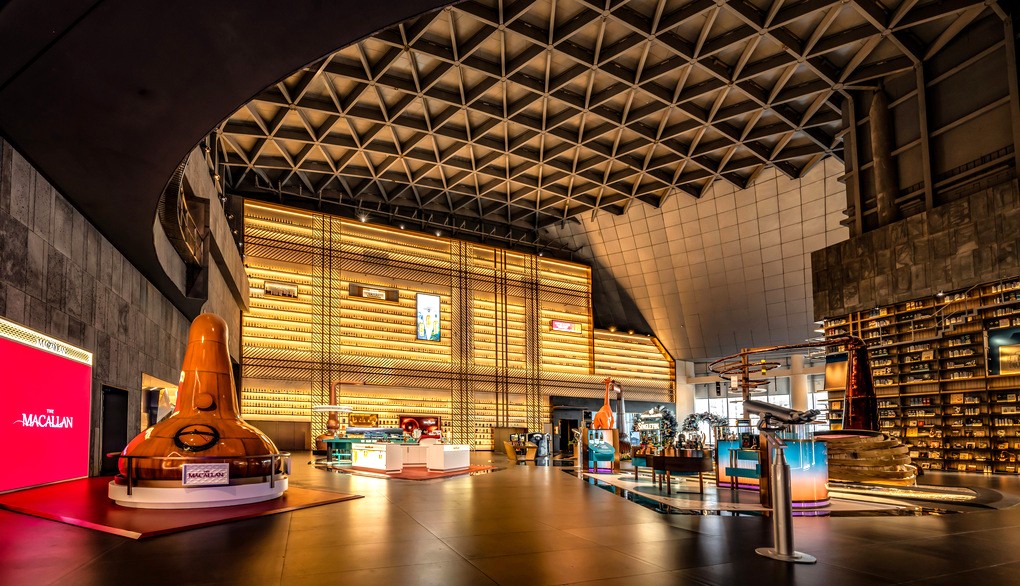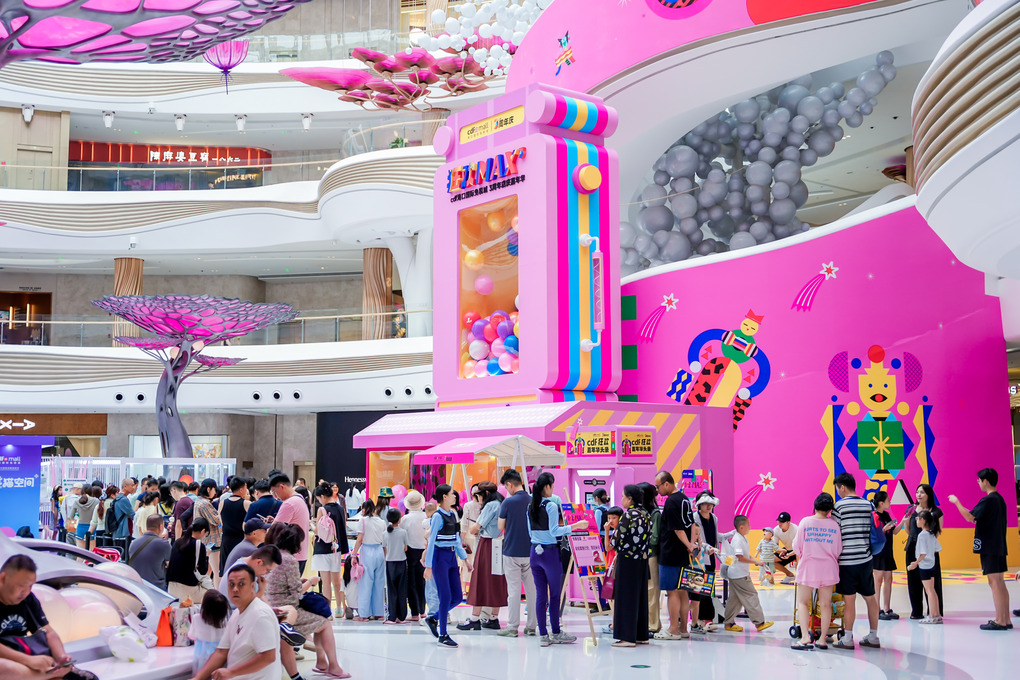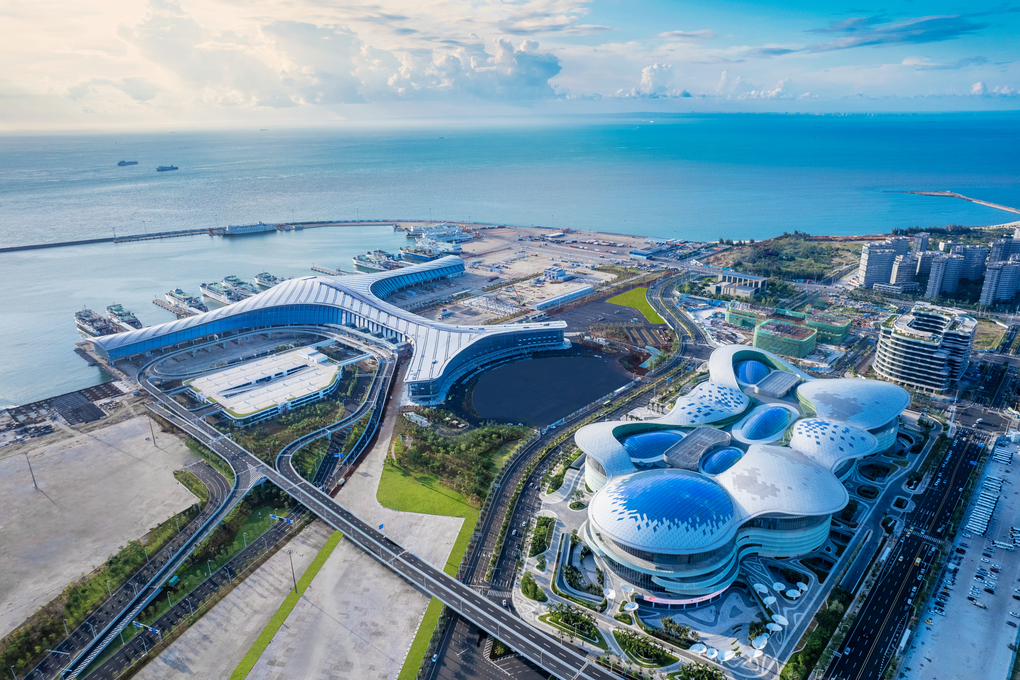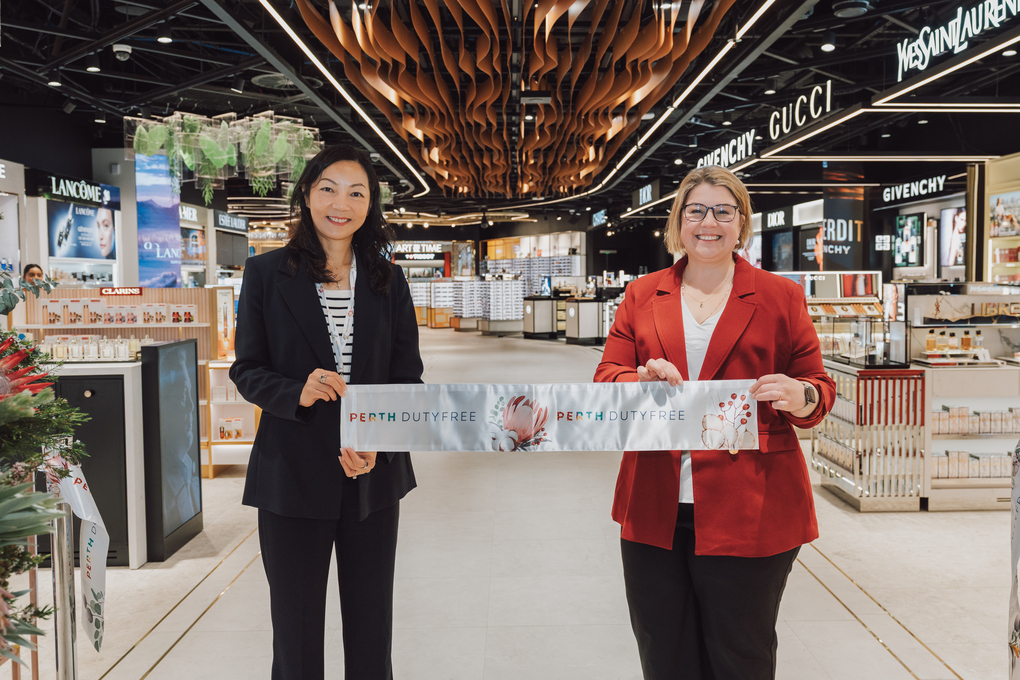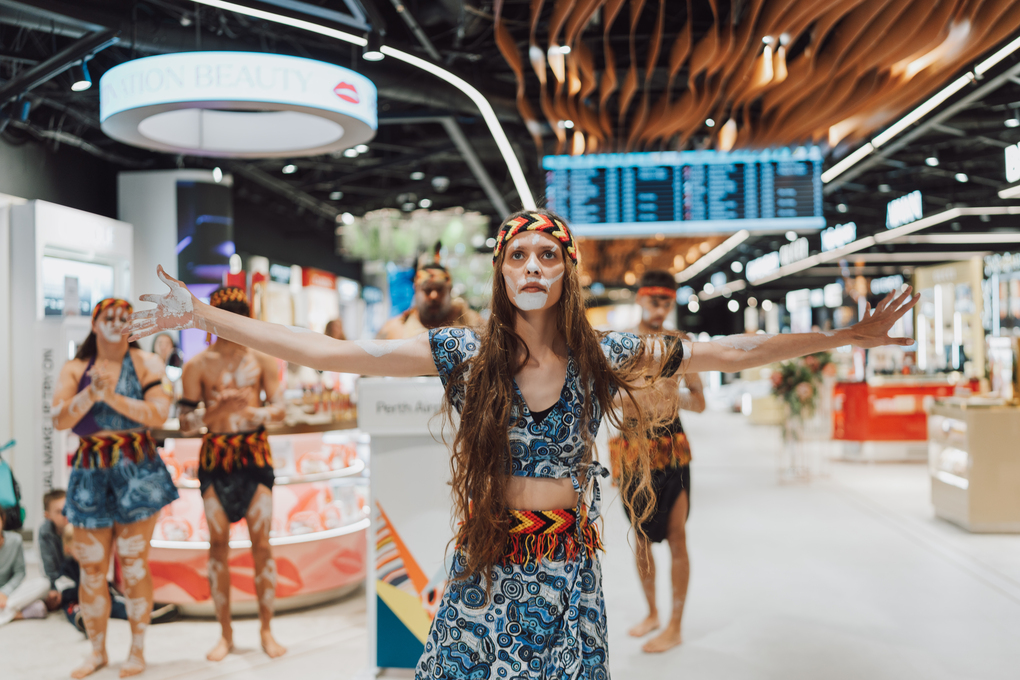
Introduction: Jack Tabbers, recently confirmed as General Manager of the combined Mars Netherlands and Mars Wrigley International Travel Retail divisions – after holding the dual role on an interim basis since May 2020 – does not hold back when addressing the challenges facing the COVID-hit travel retail community.
The straight talking Dutchman knows the dynamics of travel retail better than most. Earlier in his career, he led the Mars Wrigley travel retail business amid more prosperous times from April 2009 to September 2013.
He has strong, well-articulated views on the way forward, both for his own company’s powerful portfolio of brands and what he believes needs to be a revised sector approach and airport retail model in a world turned upside down by the pandemic. He spoke recently to Martin Moodie (additional editing by Mark Lane).
While acknowledging that the full recovery of the travel retail business will not be coming any time soon, Jack Tabbers is at pains to point out that Mars’ ambitions for the channel are undimmed by the intervention of COVID-19.
“We have a long-term commitment to travel retail; Mars as a business sees it as very important,” he comments. “We want to play our part in growing the confectionery category, because if the category is really growing, then all of the brands within it grow as well. Travel retail is a great place to connect and interact with consumers.”
But Tabbers insists the old ways of doing things must change, particularly the way in which the airport retail sector’s fundamental structure continually undermines the value proposition.
“Having a value proposition, in my opinion, is getting more and more difficult,” he comments. “When I returned to travel retail and looked at the numbers, I thought this whole business model has become very, very expensive.
[Click on the Podcast icon to hear Jack Tabbers discuss the big issues with Martin Moodie]
“The modernisation and the creation of expensive shopping malls in key airports has created fantastic outlets, but it means there are a lot of people who need to make money [to pay for it]. You can’t drive value like 20 years ago.

“In some parts of the world, such as some locations in Asia, you can still have some degree of value. But in other places, like in Europe or in the Middle East, it is getting more and more difficult. So the experiential factor becomes much more important.”
| Integration spells consolidation not downgrading of travel retail Jack Tabbers insists that the integration of travel retail with the big Dutch domestic market does not signify a dilution in the former’s standing. It is not an echoing of how other brand houses have scaled down or even dissolved their dedicated travel retail divisions, he says, noting that the amalgamation was in play well before COVID struck. “We were in the process of rethinking our strategy for business growth and reinvention, and the idea for combining the Netherlands and travel retail was actually first mooted during a strategy session in Chicago in the middle of 2019,” he adds. “This was part of our thinking towards scaling up certain businesses by bundling them together – concentrating talent and increasing financial strength being among the benefits,” Measured on 2019 sales, the combined Netherlands/travel retail operation ranks inside Mars’ top ten list of divisions, alongside some of its biggest performers, including the UK, US, Russia and China. While the 2021 ranking will very much depend on the recovery rate of the travel retail channel, Tabbers and Mars are confident of mid- and long-term prospects. |
The onerous cost of the airport retail chain is driven first and foremost by the minimum guarantee structure that underpins most retail concessions, Tabber comments. “Airport authorities need to understand that the fixed income base they create through a tender should be a bit more flexible.
“I think everybody understands that the current model that we have established over time is not feasible going forward. It’s not a sustainable model. Tendering, in my view, needs to be a bit more based on ‘pay as we go’. So if we flourish, everyone benefits; if we are not flourishing, then everybody should feel the same thing – shared pain, shared responsibility.”
In the absence of a rethought airport retail model, and limited opportunities to offer a value proposition in many locations, Tabbers says that the onus is on Mars Wrigley to create “much more experience and fun” at airports as a way of drawing shoppers to its key brands. These include the world’s number one chocolate brand, M&M’s, and other big sellers such as Snickers, Maltesers, Orbit, Extra and Skittles.
“So how can we create that experience? We have to offer people something new, especially as they are now in a different shopping environment,” says Tabbers. “In the coming three or four years, people will behave differently at the airport. And in that sense, we are going to have to find ways to connect with them and encourage them to purchase.
“We are now discussing with customers [retailers], airport authorities and external experts how this will look. Do we need a new strategy going forward? How can you create the experience around the category to make sure that the consumer comes in?”
Mars Wrigley’s star asset for creating such consumer engagement is the powerful M&M’s brand, its huge global allure driven not only by the taste appeal of the button-shaped chocolates but also its famous multi-coloured ‘spokescandies’.
“M&M’s is a big part of our strategy going forward in travel retail,” says Tabbers. “We can continue to build that immersive experience with it. It is one of the few brands – especially in the confectionery category – that can do that. It’s a brand that you can premiumise and drive the market, even under the current model. Every retailer wants it.
“It’s popular to consume on the go but also to take home as a gift; it has characters, it is still the biggest chocolate brand in the world, so it has a huge fan base. I’m really proud we have that asset, and it’s one we will continue to leverage.”
But a fast-rationalising (and currently severely reduced) travel retail channel has prompted the decision to focus on what Tabbers describes as Mars Wrigley’s “blockbuster” SKUs and a smaller, stronger portfolio of brands.
“Some of the other, let’s say, fun innovations might work in travel retail for a short time,” he says, “but in the long term they do not really add value, they don’t bring in the revenues and they don’t bring in the margins – not for us, not for the customers [retailers]. So our portfolio will be slimmer, that’s one thing for sure. And the second thing is that we have a long-term commitment to travel retail. It is a very important opportunity for us to connect and interact with consumers.”
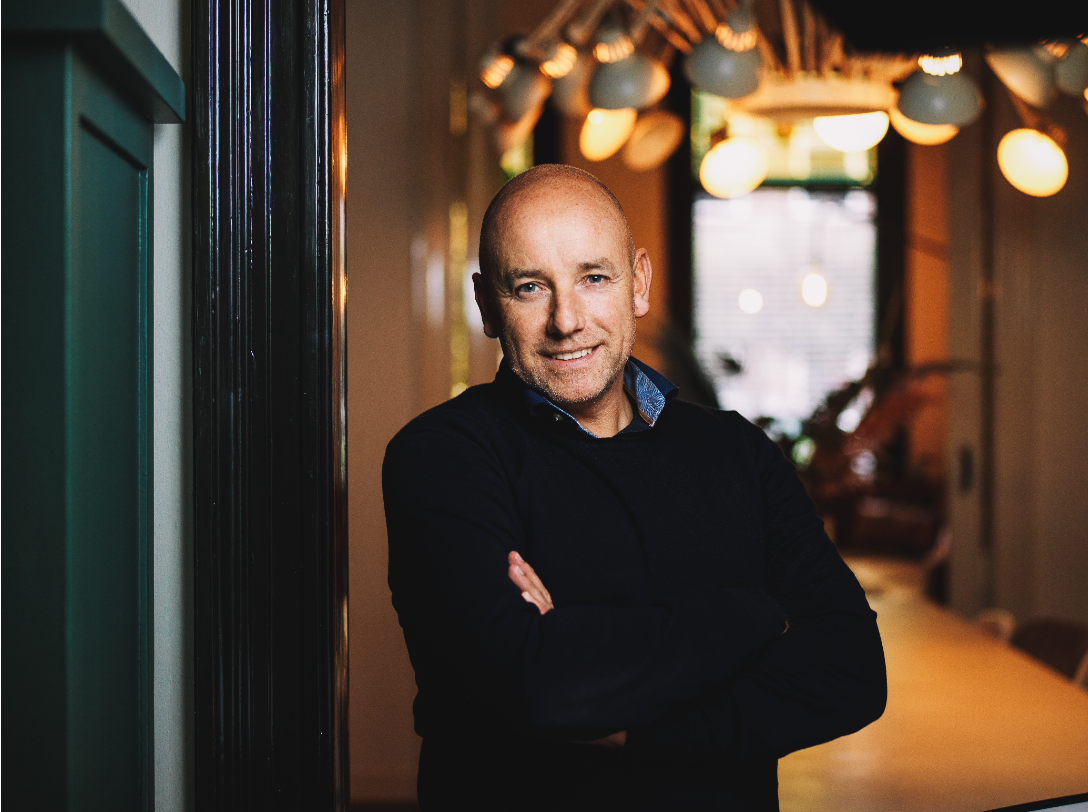
While Mars expects the total world confectionery market to be flat in 2021, travel retail will fall far short of that, Tabbers acknowledges. He predicts a difficult first quarter in the channel, with revenues down a probable 50-60% against 2020 (when the year started well before COVID began to bite). But he is hopeful that the market will pick up from the summer, and is optimistic for “slight growth, not an awful lot” versus weak 2020 comparatives in the second half.
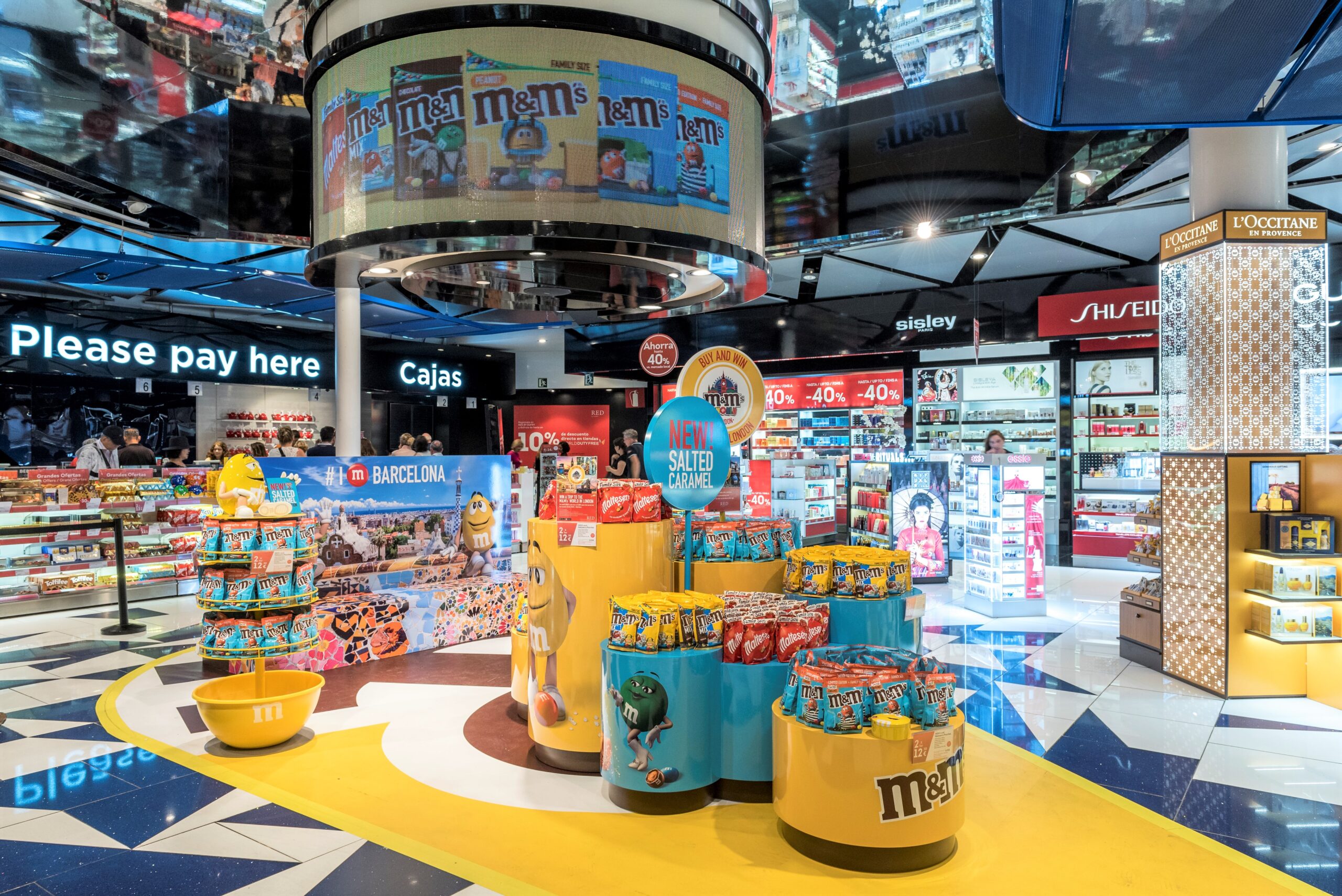
Tabbers says that travel retail must draw lessons from the fate of other retail sectors, particularly US shopping malls. “Over time they just lost their relevance, and it wasn’t because of a crisis [like COVID-19]. I think travel retail, driven by its old structure, needs to watch out that it doesn’t lose its relevance.
“When you travel to the hotspots of the [travel retail] world, and I have come back into the industry with fresh eyes… I see a bit of a one-size-fits-all approach. Do you really think we engage with consumers there? And to answer that question honestly, I think you need to have a few fresh pairs of eyes and say, okay, we might need do things differently per location… there needs to be a reinvention of how we engage with consumers. It has to be a continuous evolution.
“Mars has a long-term commitment to the industry of travel retail because we see the value,” he concludes. “But we have our concerns about, let’s say, the old industry compared to the new industry. It’s not all new of course but there is generally a movement to a more sustainable business model going forward, just accepting the fact that there will be less travellers and that they will shop differently. We just have to face reality. And what does that look like?
“That discussion was not really taking place before the crisis before COVID. It is now… and everybody understands it.”






